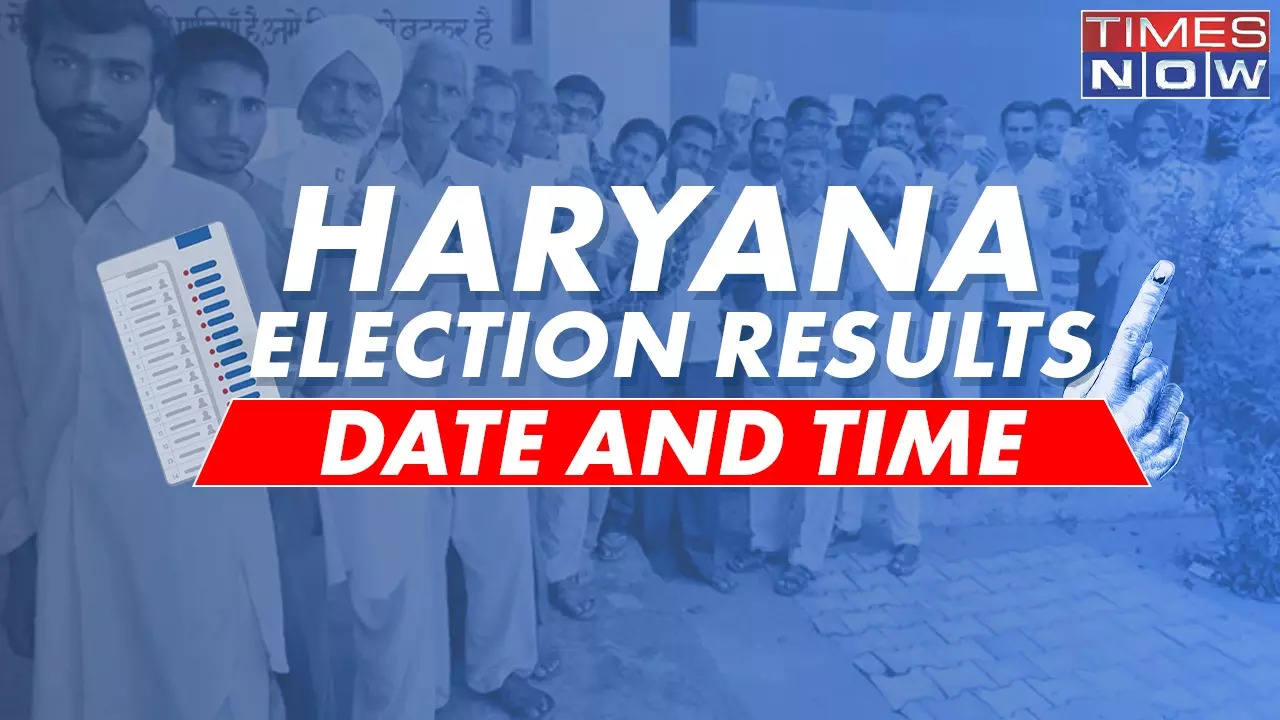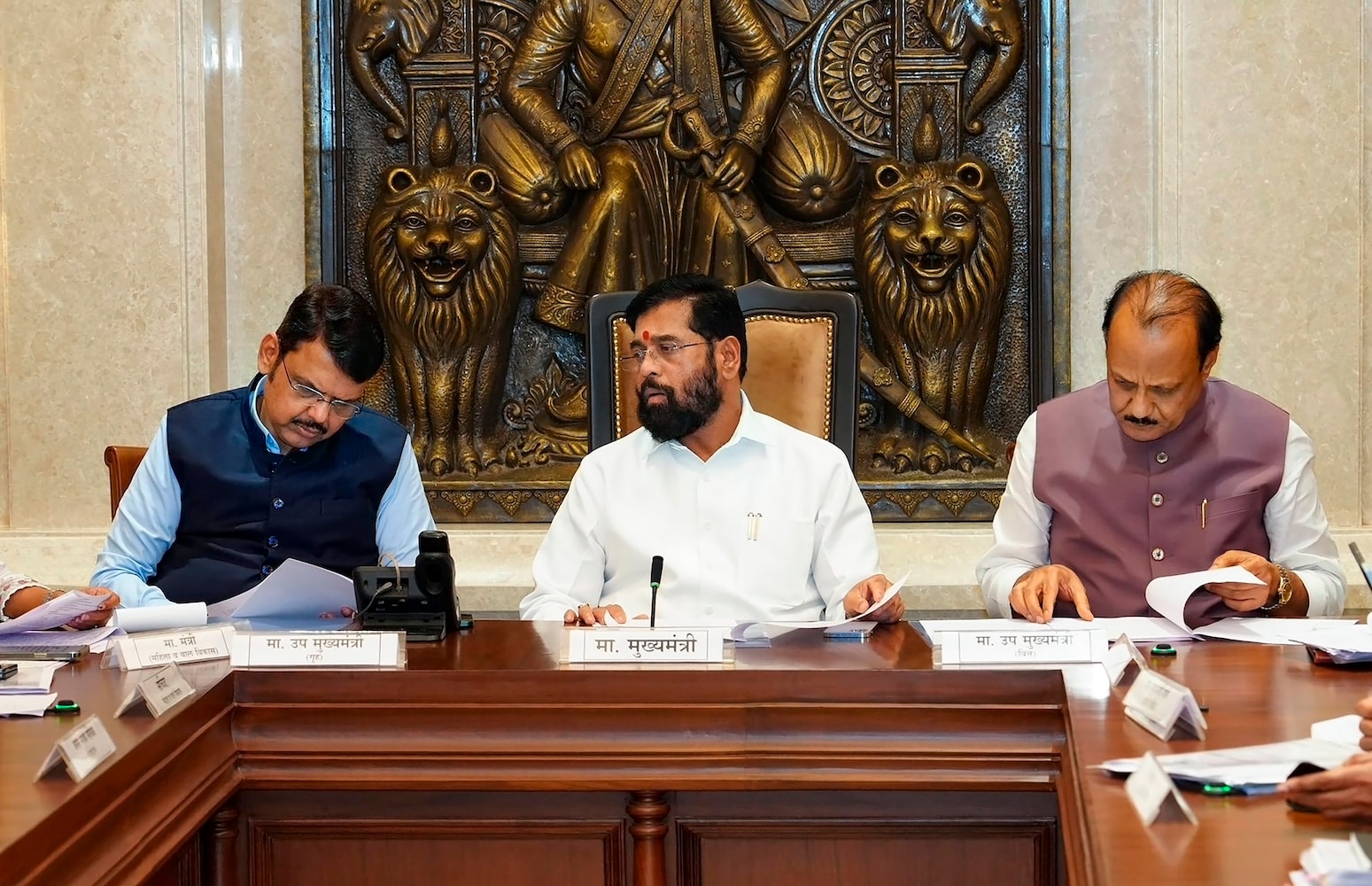
Today, the Association of Southeast Asian Nations (Asean) and Mekong River Commission (MRC) kick off a second round of talks about water security. The 2nd Asean-MRC Water Security Dialogue is a unique platform that tackles the pressing issues of water scarcity, pollution, and water-related disaster risks in the Mekong from the perspective of a connected and resilient Southeast Asia. The timing couldn't be more critical.
With growing climate risks, water disasters, and demands for water use impacting livelihoods and threatening progress toward sustainable development goals, dialogue is more important than ever. But what's at stake? As population growth and urbanization accelerate across Asean countries like Thailand, Indonesia, and the Philippines are grappling with increasing water demand and pollution. Singapore, with a developed economy, is highly vulnerable and faces significant challenges in securing freshwater resources.

Meanwhile, Mekong countries -- Cambodia, Laos, Thailand, and Vietnam -- are experiencing reduced river flows during the wet season and flooding even during the dry season, further intensifying their water security concerns. Climate change adds an extra layer of complexity. With its more extreme weather conditions, including flash floods and prolonged droughts, some of Southeast Asia's most vulnerable communities along the Mekong and across Asean are at risk.
The Mekong's importance for the Mekong riparian countries of Asean is long understood. Various sectors contributed to a robust Mekong economic productivity, with a total value of US$63 billion (2 trillion baht) in 2020, including hydropower and rice production. Inland capture fisheries, one of the world's largest rivers in terms of tonnage, accounts for approximately US$7.
8 billion, with aquaculture production contributing an additional US$8.2 billion. Southeast Asia's longest river is becoming increasingly important for the rest of Asean.
Vietnam and Thailand are the two global rice exporting powerhouses. This critical supply chain reaches as far as Malaysia, Singapore, and the Philippines, ensuring regional food security. Meanwhile, Laos is emerging as the "Battery of Asean", harnessing hydropower to fuel a regional energy grid and transmitting electricity to not only Thailand, Cambodia, and Vietnam but also Singapore via Thailand and Malaysia.
Hydropower from Laos contributes almost 60% of this sector's total gross economic value in the Lower Mekong River Basin. In this sense, when water becomes scarce or polluted, the consequences ripple across the entire region, not just a single country. Farmers face withering crops, fishermen return with empty nets, and trade grinds to a halt, disrupting economies and livelihoods.
Energy supplies falter, leaving homes in darkness, while polluted water brings illness and hardship. How can we, as a region, navigate these challenges and ensure that our water resources remain sustainable? How can we accelerate technical and joint investments and solutions to water security challenges in the Mekong River Basin and across the Asean region? In 2003, the Asean Long Term Strategic Plan for Water Resources Management was endorsed to identify key challenges like integrated river basin management. Asean introduced the Strategic Plan of Action on Water Resources Management in 2005.
Building on this momentum and recognising the critical need for cooperation among Mekong sub-regional countries, the Secretariats of Asean and MRC formalised a partnership in 2010 to boost cooperation on the sustainability of water resources, equitable access, and sufficient water of acceptable quality. The secretariat-to-secretariat partnership was upgraded to organisation-to-organisation level in the Asean-MRC Cooperation Framework in 2018. Early this year, Indonesia joins the MRC as a cooperating partner.
Over the past three decades, the MRC has worked to ensure water security and peaceful management of different interests and concerns among the Asean countries of the Mekong under the 1995 Mekong Agreement. This is evident in the established river monitoring, forecasting, data and information, and various procedures for water utilisation that are the most advanced in the developing world and the Basin Development Strategy that balances the benefits and costs of national plans, which strengthens the countries' knowledge and capacity to cope with disasters as well as facilitate cooperation among them. In the upcoming 2nd Asean-MRC Water Security Dialogue, policy interventions, cutting-edge technology and partnerships will be on the table of discussion -- for the first time -- among ministerial delegates from Asean member states, who will share their insights and strategies that aim for a more connected, resilient, and water-secure Mekong within the Asean community.
But while these high-level conversations are crucial, the true measure of success lies in how effectively we can translate these discussions into tangible actions that make a real difference. This second dialogue isn't just about sharing ideas; it's about fostering a collective commitment to implementing those ideas in ways that benefit communities across the region. This means not only setting ambitious goals but also building the frameworks and collaborations necessary to achieve them.
Anoulak Kittikhoun is the Chief Executive Officer of the Mekong River Commission (MRC) Secretariat..














